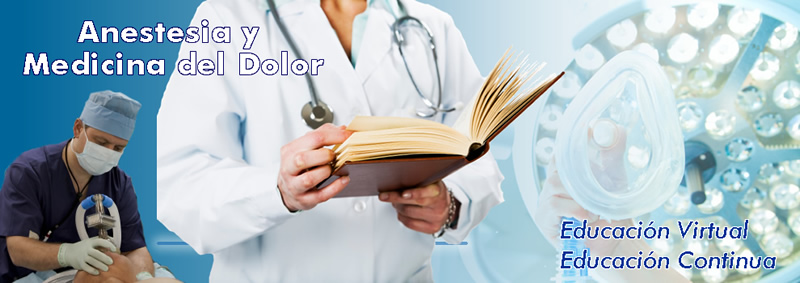Intubación después de la inducción de secuencia rápida realizada por personal no médico durante las misiones de exploración espacial: un estudio piloto de simulación en un entorno analógico de Marte.
Intubation after rapid sequence induction performed by non-medical personnel during space exploration missions: a simulation pilot study in a Mars analogue environment.
Abstract
BACKGROUND: The question of the safety of anaesthetic procedures performed by non anaesthetists or even by non physicians has long been debated. We explore here this question in the hypothetical context of an exploration mission to Mars. During future interplanetary spacemissions, the risk of medical conditions requiring surgery and anaesthetic techniques will be significant. On Earth, anaesthesia is generally performed by well accustomed personnel. During exploration missions, onboard medical expertise might be lacking, or the crew doctor could become ill or injured. Telemedical assistance will not be available. In these conditions and as a last resort, personnel with limited medical training may have to perform lifesaving procedures, which could include anaesthesia and surgery. The objective of this pilot study was to test the ability for unassisted personnel with no medical training to perform oro-tracheal intubation after a rapid sequence induction on a simulated deconditioned astronaut in a Mars analogue environment. The experiment made use of a hybrid simulation model, in which the injured astronaut was represented by a torso manikin, whose vital signs and hemodynamic status were emulated using a patient simulator software. Only assisted by an interactive computer tool (PowerPoint(®) presentation), five participants with no previous medical training completed a simplified induction of general anaesthesia with intubation. RESULTS: No major complication occurred during the simulated trials, namely no cardiac arrest, no hypoxia, no cardiovascular collapse and no failure to intubate. The study design was able to reproduce many of the constraints of a space exploration mission. CONCLUSIONS: Unassisted personnel with minimal medical training and familiarization with the equipment may be able to perform advanced medical care in a safe and efficient manner. Further studies integrating this protocol into a complete anaesthetic and surgical scenario will provide valuable input in designing health support systems for space exploration missions.
KEYWORDS: Anaesthesia; Medical training; Simulation; Space exploration; Space medicine
| 


